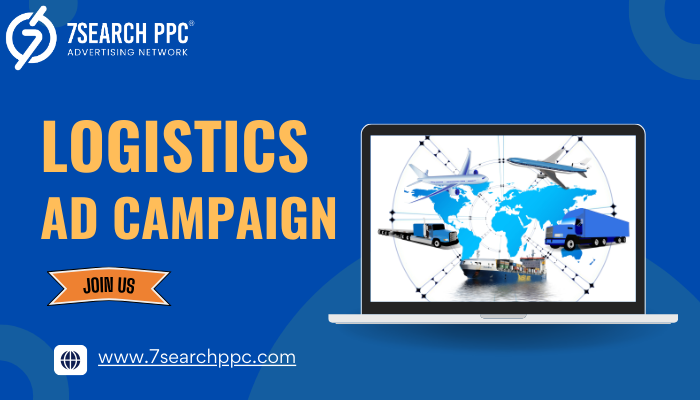In the competitive world of transportation, standing out through effective advertising is crucial for success. Transport ads are designed to promote services such as logistics, freight, public transportation, and courier services. But what exactly makes a transport ad effective? This article explores the key elements that contribute to a successful transport advertisement, helping businesses reach their target audience, build brand awareness, and drive conversions.

Clear and Compelling Message
An effective transport ad starts with a clear and compelling message. The core message should communicate the primary value proposition of your service in a way that resonates with your target audience. Whether it’s reliability, speed, cost-effectiveness, or eco-friendliness, the ad should highlight what sets your transport service apart from the competition. Avoid jargon or overly complex language; instead, use straightforward and impactful wording that quickly conveys the benefits of your service.
Target Audience Focus
Understanding and targeting the right audience is essential for the success of any transport ad. Before creating the ad, conduct thorough research to identify your ideal customer. Consider factors such as industry, business size, location, and specific transportation needs. By tailoring your ad content to address the pain points and desires of your target audience, you increase the likelihood of engagement and conversion. Personalized messaging that speaks directly to the audience's needs makes the ad more relevant and effective.
Strong Visual Appeal
Visual elements play a significant role in capturing attention and conveying the message of your transport ad. High-quality images, videos, and graphics that align with your brand identity can make your ad more engaging and memorable. For instance, images of your fleet in action, maps illustrating coverage areas, or infographics showcasing your logistics network can effectively communicate the scope and reliability of your services. Ensure that the visual design is clean, professional, and free of clutter, allowing the message to stand out.
Consistency Across Platforms
Consistency is key when it comes to transport advertising across different platforms. Whether you’re running ads on social media, search engines, or traditional media like billboards or print, maintaining a consistent brand voice, style, and message helps reinforce your brand identity. This consistency makes your ads more recognizable and trustworthy to your audience. It also ensures that regardless of where potential customers encounter your ads, they receive the same clear and compelling message.
Effective Use of Call-to-Action (CTA)
A strong call-to-action (CTA) is a critical component of an effective transport ad. The CTA guides the audience on what to do next, whether it’s requesting a quote, booking a service, or visiting your website for more information. The CTA should be concise, action-oriented, and prominently placed within the ad. Phrases like “Get a Free Quote Now,” “Book Your Shipment Today,” or “Learn More About Our Services” encourage immediate action and help drive conversions.
Highlighting Unique Selling Points (USPs)
For a transport ad to stand out, it must highlight the unique selling points (USPs) of your services. USPs are the specific features or benefits that differentiate your transport business from competitors. This could be faster delivery times, a broader service area, advanced tracking technology, or a commitment to sustainability. Clearly communicating these USPs in your ad helps potential customers understand why they should choose your services over others.
Strategic Placement and Timing
Where and when your transport ads are placed can significantly impact its effectiveness. Strategic placement involves choosing the right channels and platforms where your target audience is most active. For example, B2B transport services may find LinkedIn ads more effective, while consumer-facing transport services might benefit from Google Ads or Facebook ads. Additionally, timing your ads to align with industry trends, peak seasons, or specific events can enhance their relevance and impact.
Incorporating Testimonials and Case Studies
Social proof, such as testimonials and case studies, can greatly enhance the credibility of your transport advertising. Featuring quotes from satisfied customers, success stories, or impressive statistics about your service performance builds trust and persuades potential clients to choose your services. For example, including a testimonial from a well-known client or highlighting a successful logistics project can provide the reassurance needed to convert leads into customers.
Conclusion
Creating an effective transport ads involves a combination of clear messaging, strong visuals, targeted audience focus, and strategic placement. By incorporating elements such as compelling CTAs, highlighting USPs, and using data-driven optimization, transport businesses can craft ads that not only capture attention but also drive meaningful engagement and conversions. In a competitive industry, the ability to create impactful and memorable ads is key to standing out and achieving business success.

